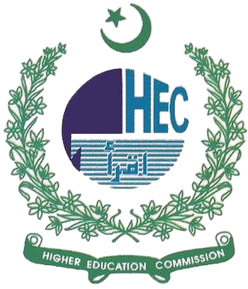DIGITAL AGE PHONOLOGICAL VARIATIONS IN PAKISTANI ENGLISH: A SOCIOLINGUISTIC ANALYSIS OF MODERN PRONUNCIATION PATTERNS
DOI:
https://doi.org/10.63878/jalt836Keywords:
Phonological variety, stress patterns, digital linguistics, sociophonetics, and the influence of indigenous languages in Pakistani English.Abstract
In the context of the digital age, this study examines the phonological features of Pakistani English (PakE), emphasizing the ways in which digital communication, indigenous languages, and societal dynamics affect pronunciation patterns. PakE, which is acknowledged as a non-native but quickly developing variant of English, has distinct segmental and suprasegmental characteristics influenced by native languages including Pashto, Punjabi, and Urdu.
Mother languages were used to categorize data from University of Sargodha BS English students. Group conversations and interviews were transcribed in order to analyze phonological aspects, including consonants, vowels, and stress patterns, using a descriptive-analytical approach. The study finds features including vowel mergers, monophthongization of diphthongs, substitution of plosives for interdental fricatives, and changed stress patterns that depart from Standard British English.
Although exposure to international English dialects is notably increased by the digital environment, local phonetic influences continue to exist, resulting in a hybridized linguistic identity. Thus, in a time when English language training and multimedia interaction are the norm, PakE is a lively topic for sociolinguistic research.
In addition to highlighting Pakistani English's unique phonological character, the results have educational ramifications for English Language Teaching (ELT) in multilingual settings. The study adds to the expanding body of knowledge on World Englishes and highlights the need of identifying and incorporating regional variations of English in academic and professional contexts.
Downloads
Published
Issue
Section
License

This work is licensed under a Creative Commons Attribution-NonCommercial-NoDerivatives 4.0 International License.


